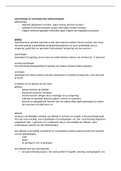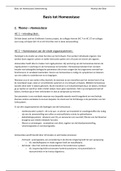Essay
A* detailed essay plans - Edexcel A-level 1B
- Institution
- PEARSON (PEARSON)
4 A* level detailed essay plans on state control and popular resistance from Unit 1B - England, : authority, nation and religion. I have used these plans to score between 17-20/20 on my essays.
[Show more]





